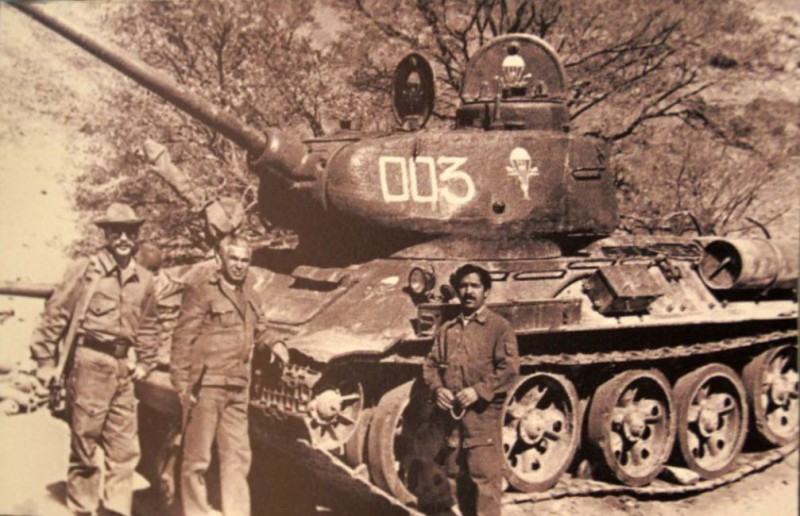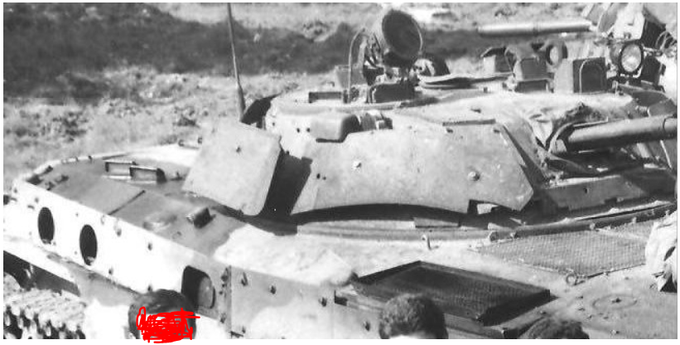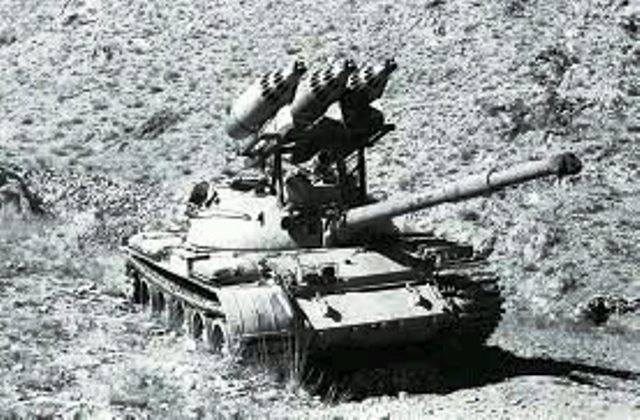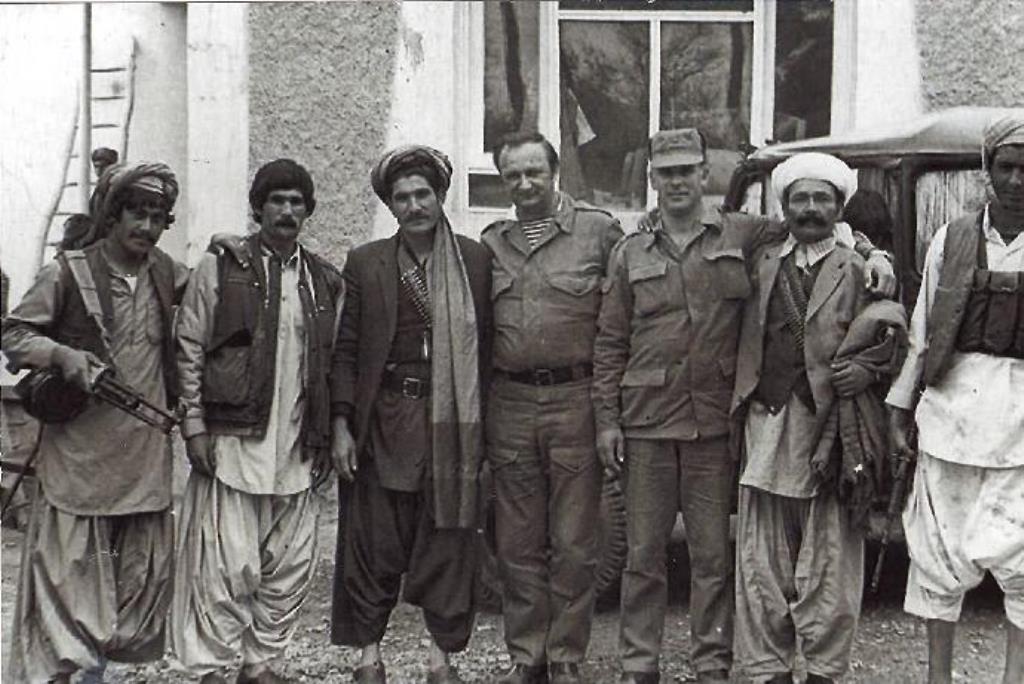Tobi72 wrote: ↑Sat Feb 08, 2025 7:49 pm
They could have been government troops who defected to the mujahideen, especially in the initial phase. They were familiar with the technical equipment. In any case, I won't give too much equipment to the mujahideen, otherwise the story will go completely down the drain and slip away from me.
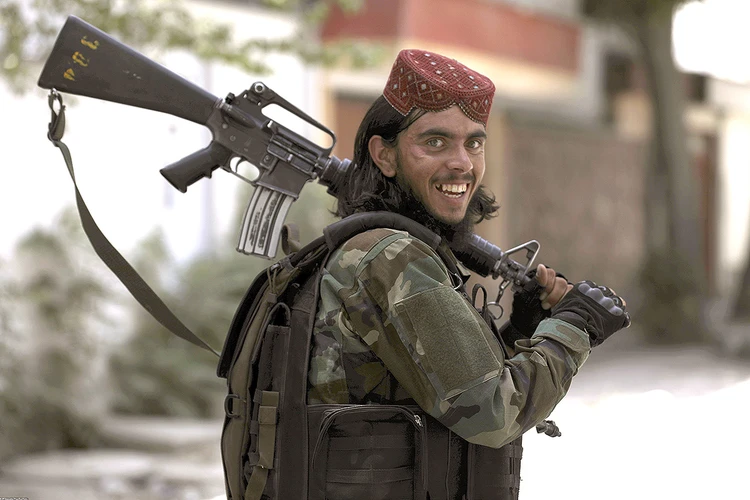
Ок )
https://www.kp.ru/daily/28319/4461446/
The Mujahideen received a significant number of armoured vehicles from the DRA, both captured in battle and transferred by defectors, but a shortage of trained personnel, spare parts and the predominance of Soviet air power meant that they were rarely used.
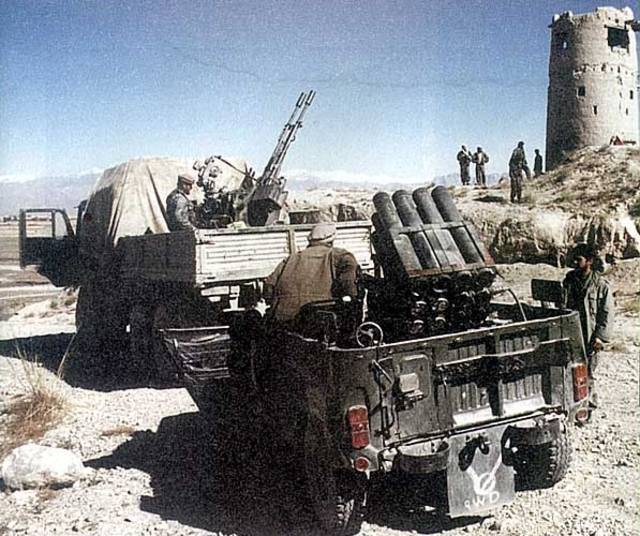 https://de.topwar.ru/45602-taktika-deys ... nikov.html
https://en.wikipedia.org/wiki/Soviet–Afghan_War
https://en.wikipedia.org/wiki/List_of_m ... Afghan_War
https://rtvi.com/stories/soldaty-ili-pr ... ganistana/
https://de.topwar.ru/45602-taktika-deys ... nikov.html
https://en.wikipedia.org/wiki/Soviet–Afghan_War
https://en.wikipedia.org/wiki/List_of_m ... Afghan_War
https://rtvi.com/stories/soldaty-ili-pr ... ganistana/
Over Afghanistan, the aircraft was intercepted by a Taliban fighter (according to other sources, two MiG-21s) and forced to land near Kandahar under the pretext of cargo inspection. Among the formally authorised small arms ammunition, a box of banned shells was found.
https://ru.wikipedia.org/wiki/Захват_са ... _1995_года
On 7 December 1996, Taliban Air Force MiG-21 fighters intercepted a UN aircraft over Herat and forced it to land at Shindand Air Base. Syed Abdullo Nuri, a leader of the Northern Alliance, was among the 9 people on board the hijacked plane. He was returning from peace talks in Kunduz, controlled by Rashid Dustum's forces.
http://www.skywar.ru/lossaft.html
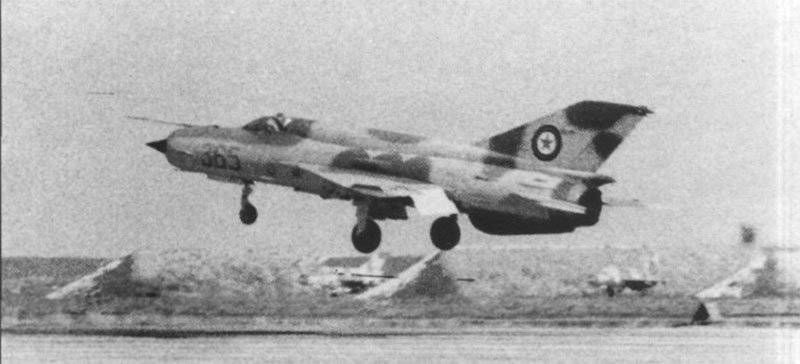 https://de.topwar.ru/21514-mig-21-v-afganistane.html
https://de.topwar.ru/21514-mig-21-v-afganistane.html

Soviet 122 mm howitzers from 1938.
https://smolbattle.ru/threads/Техника-В ... ека.64860/


Soviet sappers in Afghanistan.

Mujahideen with two captured Soviet ZIS-2 anti-tank guns in Jaji, Paktia province, Afghanistan.
Combat use of the T-55 in Afghanistan
During the period of combat operations in Afghanistan in 1979-1989, T-55 tanks of various modifications were in service with tank units and units of the ‘limited contingent’, which were represented by regular tank regiments of three motorised rifle divisions introduced from the TurkmenvO and SAVO: the 24th GP TP, the 285th TP, the 234th TP, as well as tank battalions of motorised rifle regiments and brigades. The use of relatively old tanks of the first post-war generation can be explained by several factors. Firstly, the most modern tanks were sent to the divisions of the Western Group of Forces, while the units deployed on the southern border of the USSR during this period were equipped with T-55 and T-62 tanks. Secondly, the mujahideen throughout the war did not have tanks and had a limited number of anti-tank weapons, mainly RPGs and recoilless guns.
In Afghanistan, tanks were used in small units (platoons, less often companies), which were attached to reinforce motorised rifle, parachute and airborne assault battalions. In the most important areas, tanks were included in outposts guarding communications. Here they were used as long-range, manoeuvrable firepower. In the initial period of the war, given the mujahideen's lack of night vision, tanks were used to seize important targets in a surprise night strike. For example, in December 1982, a tank company marched through the night and attacked a heavily fortified crossing of the Panjsher River at the entrance to the Panjsher Gorge. The battle was fought using only night vision devices. The Mujahideen had no idea of the attacking forces and fled. The tanks captured the crossing and ensured the passage of motorised rifle units into the gorge.
In general, the T-55 confirmed its combat qualities, although in the special conditions of Afghanistan and showed some of its shortcomings. In the conditions of high altitude and heavy dust there were problems with the operation of the power plant, transmission and running gear. Low resistance to mines of various types was also revealed. Combat losses of the T-55 tanks in Afghanistan were relatively low. The ratio of technical failures to combat damage to armoured vehicles was 20:1. Combat losses occurred mainly due to mine explosions, with more than 50 per cent of the damaged tanks requiring major repairs or not repairable at all. The experience of combat operations in Afghanistan was used to modernise the T-55. The T-55M tanks adopted for service had improved mine resistance and enhanced armour protection. They were immediately delivered to the 40th Army.
https://de.topwar.ru/10846-tanki-unikal ... iktov.html






